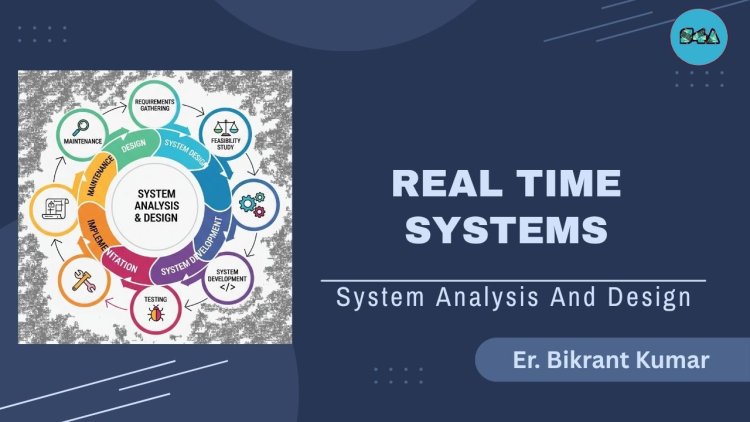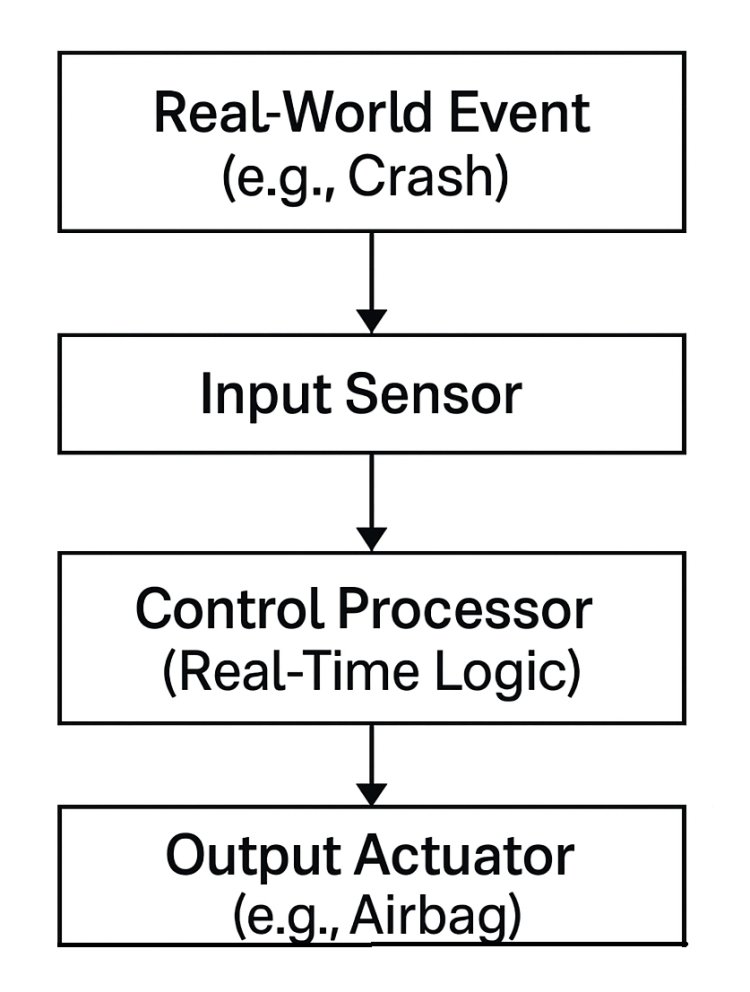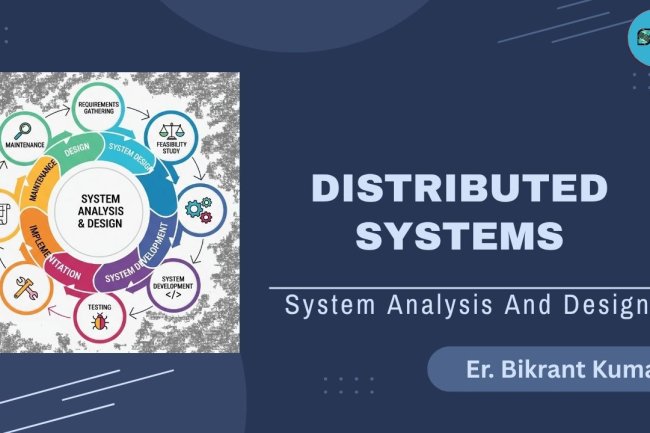Real-Time System
SAD is a process for analyzing an organization's needs and designing new information systems to meet them.

What is a Real-Time System?
A Real-Time System (RTS) is a system that must respond to inputs or events within a strict time limit. The correctness of the system depends not only on producing the correct result, but also on producing it at the correct time.
Key Characteristics of Real-Time Systems:
|
Feature |
Description |
|
Time Constraint |
Must respond within a fixed time limit (deadlines). |
|
Deterministic |
Predictable behavior with defined outcomes. |
|
Reliability |
High reliability and availability. |
|
Concurrency |
Handles multiple inputs/events at once. |
|
Event-Driven |
Triggered by real-world events or signals. |
Types of Real-Time Systems:
|
Type |
Description |
Example |
|
Hard Real-Time |
Missing a deadline causes system failure. |
Airbag system, Pacemaker |
|
Soft Real-Time |
Missing deadline reduces system quality but doesn’t cause failure. |
Video conferencing, Online gaming |
|
Firm Real-Time |
Occasional missed deadlines tolerated, but result becomes useless. |
Stock trading system |
Real-Time System Example: Airbag Control System in Cars
|
Component |
Real-Time Action |
|
Crash Sensor |
Detects collision instantly |
|
Control Unit |
Processes data within milliseconds |
|
Airbag Deployment |
Inflates airbag immediately to save life |
Diagram: Real-Time System Workflow

More Real-Life Examples of Real-Time Systems:
|
System |
Real-Time Application |
|
ATM |
PIN verification, cash dispense |
|
Air Traffic Control |
Aircraft tracking and navigation |
|
Medical Monitoring |
Heartbeat and oxygen level tracking |
|
Industrial Robots |
Automatic welding, assembling |
|
Autonomous Vehicles |
Obstacle detection and braking |
Why Real-Time Systems are Important?
- Safety-Critical Operations (e.g., airbag systems)
- Timely Decision Making
- Constant Monitoring and Response
- Increased Efficiency and Automation
------------------------------
Files
What's Your Reaction?















